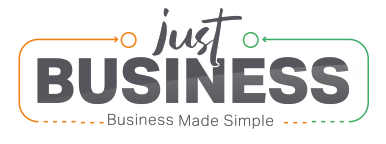Small and Medium Enterprises (SMEs) are at the heart of the French economy and employ half of private sector employees according to INSEE. In France, invest in an unlisted SME! In 2020, 23.1 billion euros were invested in French SMEs (source: France Invest ). The government wants to support this growth by encouraging individuals to invest in French companies. Do you also want to contribute to the development of the national economy and participate in the dynamism of these unlisted companies? As you have understood, investing in a carefully selected SME is a win-win bet!
If investing in an unlisted company presents specific risks, investing in an SME or a start-up remains an excellent means of diversification.
Not being knowledgeable in the field does not prevent many neophyte investors from getting started via brokers, management companies or online platforms. Because the possibilities of return are there: 6 to 8% of the capital invested at least if you leave your money blocked at least in the medium term. The tax advantages are not left out either. So how do you invest in a business and why? Where to start and what to avoid? What are the rules to know before investing in SMEs? Discover the answers to all your questions and many more tips in our complete 2023 guide.
How to invest in a business?
Investing in a company in France means deciding to invest your money to encourage SMEs in their development and to derive substantial gains. It is therefore an action that is not insignificant and which also presents the risk of losing the capital that you will have initially invested! It is therefore necessary first of all to know how investing in a company works. Because there are several types of investment in a company: via the purchase of securities on the stock market if the company is listed, by participating in a mutual risk investment fund for unlisted companies, through financing participatory or “crowdfunding”.
What is the desired objective?
You should know that there are as many objectives sought as investments made. But certain objectives converge or are identical: wanting to support SMEs in their country/region, wanting to make a long-term investment, optimizing their taxation, or even having an aversion to market finance.
Know where you are stepping
Investing in a business is not just about supporting it. It is to hope for a return on investment (symbolized by the famous acronym ROI). To do this, you must therefore find out about the project you are financing: its core business, its market, its short, medium or long-term prospects, its economic model, its accounting and its estimated budget, etc.
This need is also reciprocal, both for the entrepreneur and for the investor. Indeed, the entrepreneur needs funds to run his business, invest, develop. It therefore needs to be persuasive with potential investors, and to do so provide them with guarantees of profitability and market share. The figures must be precise, on both sides:
Similarly, if companies go through intermediaries such as crowdfunding platforms, the latter will also request the most precise information possible in order to best promote the projects to investors.
This type of information is all the more important as it allows you to measure the risk taken, but also to see that you are contributing your stone to the building, or even that you are the booster that the activity was waiting for, which is valuable.
Know how to diversify
Investing in an SME or a start-up can be advantageous and even profitable. But it also represents a risk. It is therefore important to diversify your investments in order to limit the risks.
It is imperative to place part of your money in safer investments to cover the risks taken in investments with less certainty. The latter generally have a greater expectation of gain. So in case of a hitch it is better to create a compensation mechanism.
Stay informed
It may go without saying, but it is essential to follow the companies in which you invest. This allows you to see, in real time, the progress of the project. This also allows you to refine your outlook for gains (or losses) at the end of the year. However, be aware that investing in a business without working there takes up a good deal of the investor’s time.

